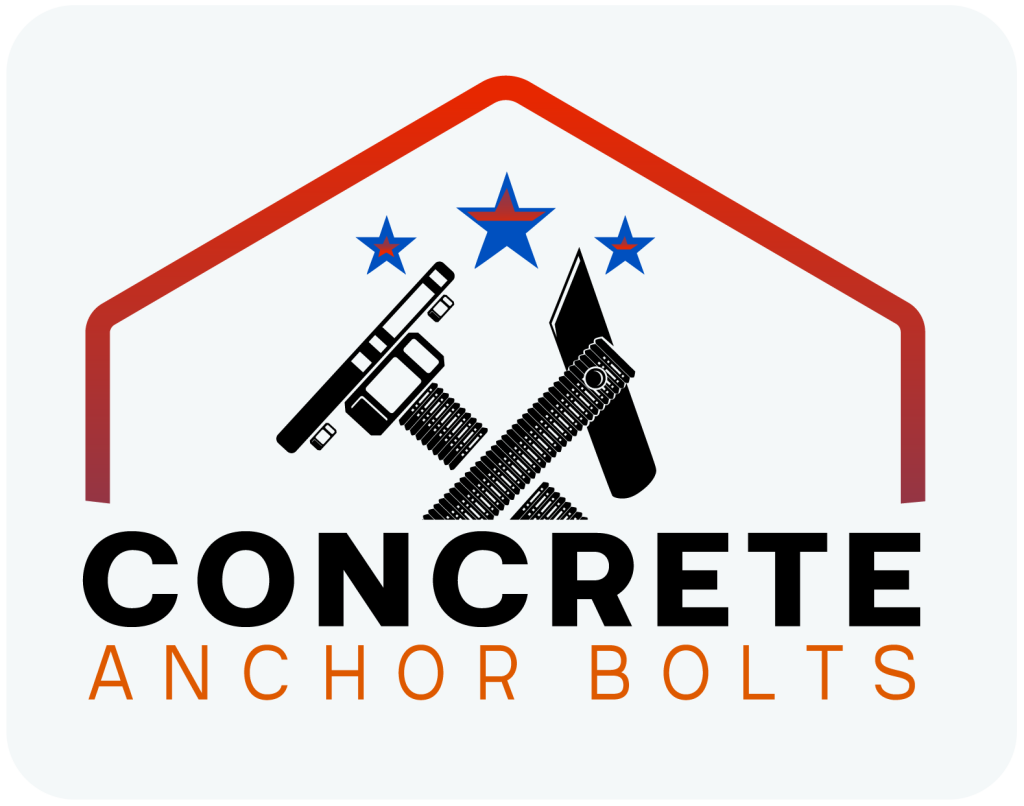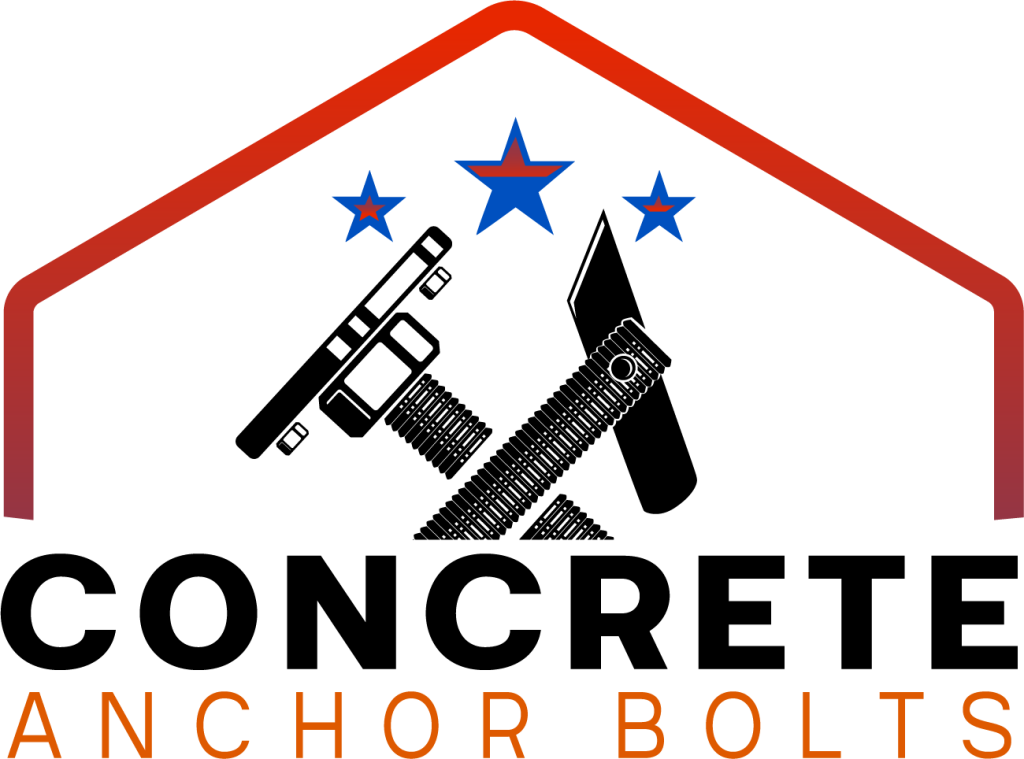
How to Make a Loose Concrete J-Bolt Anchor Repair
Depending on the circumstances, you may be able to repair a loose concrete anchor without completely replacing it. While you will need to remove the anchor and reinstall it, you may also be able to improve its overall security. This repair can be performed in a few different ways. Listed below are some of the most common types of loose concrete anchor repairs. Read on to learn more about these methods and decide which is right for you.
Hammer drive anchors
When making a repair to concrete, you’ll often need to use hammer drive anchors. These anchors are made to drive into the concrete and are used in a variety of situations, from deck ledger boards to heavy framing members. To use a hammer drive anchor, you will need to drill a hole in the base material or fixture, and then insert the anchor into the hole with a nail until the head of the anchor is flush with the top of the concrete.
Once you’ve drilled the hole, you can use the plastic anchor to drive into the hole. If the hole is too small, you can drive a bigger screw into the concrete, but you’ll have to be careful as the hammer might cause the plastic anchor to break away from the concrete as you turn the screw. To avoid this, make sure you have a spare anchor nearby to use alongside the damaged one.
To install a hammer drive anchor, you’ll need to drill a hole large enough for the drive to penetrate. The hole should be at least one-half inch larger than the diameter of the drive. You can use a carbide-tipped drill bit to make this hole larger. Once the hole is drilled, insert the anchor body into the hole and strike the nail head several times to flush it.
Hammer drive anchors are ideal for medium-duty applications. They have a medium load capacity, so they’re best suited for permanent applications into concrete and block. These anchors can be used to secure drywall track and brackets to walls. However, they’re not suitable for overhead use. You can also use them to secure straps and metal brackets. They are available in both metric and inch sizes.
Split drive anchors
Unlike screws and nails, Split Drive Anchors are designed for use in solid concrete base materials. Their pre-expanded heads try to regain their original shape when they are installed, and this continuous force against the concrete walls guarantees superior holding values. The standard diameter of Split Drive Anchors is 1/4″ and the overall length includes the head. However, if a smaller diameter is required, you may need to adjust the length of your screw accordingly.
Split drive anchors are one-piece, pre-expanded expansion anchors made from carbon steel. They are best for interior, non-corrosive environments and are hammered into a hole of about 1/4″. As it is driven into the hole, it compresses slightly and tries to restore its original shape, which provides it with a firm grip. These anchors are best for light-duty fastening in concrete and are suitable for both structural and aesthetic purposes.
Different types of split drive anchors are available to meet different needs. They come in various sizes, ranging from 3/16″ to 3/8″. If you need a larger diameter for a larger object, you can choose a mushroom head drive anchor. It is also known as a truss head, which has a rounded top. Split drive anchors are available from Denali Industrial Supply, Alaska’s largest source of concrete anchors.
Another type of Split Drive Anchors is a male-type expansion anchor. It is used for repair of concrete and brick walls. It has a nut and washer for fixing the fixture. The head of the male anchor is inserted into the concrete hole. Then, the female anchor is inserted into the hole created by the male anchor using a bolt. Split drive anchors differ in a number of other ways.
Screw-It-Again masonry anchor
To make a Screw-It-Again masonry hole repair, the right size of screw must be selected. The screw size should match the section of the anchor. Then, screw in the fastener. For masonry applications, the Screw-it-Again anchor is an excellent choice. It is available in many hardware stores. True Value, Ace Hardware, and Do It Best, among others, stock Screw-it-Again anchors.
The Screw-It-Again masonry-anchor repair is especially effective on stripped wood holes. This tool can fix stripped wood screws in particle board, MDF, and plywood. Its tapered design helps it fit into the hole with the correct grip. This product also has a slit on its side to facilitate expansion. When the screw is tightened, it snaps off at the appropriate length. Alternatively, it can also be used with a screw from an existing hole.
Several websites sell Screw-It-Again masonry-anchor repair products, which are used for various applications. The website also offers feedback from real users of the product. You can check out the Screw-It-Again masonry-anchor repair products from this website to make the right decision. The company sells masonry anchor repair tools in the industrial & scientific category, such as decking nails, and decking nails.
Boltbreaker
A Boltbreaker is a portable, lightweight device used to remove a bolt from a concrete anchor. The tool is made of carbon steel, and each tip fits the specific size of a concrete anchor. It uses mechanical force to heat the anchor molecules. It doesn’t require a hot work permit, and is useful for a variety of projects, including concrete repair, road maintenance, and electrical contracting. It is lightweight and compact, making it easy to store in a toolbox.
A concrete anchor must be secure in order to be able to support weight. If it is not, you will need to replace it. The solution for this problem depends on the type of concrete anchor that has become loose and needs to be replaced. However, some loose concrete anchors can be fixed without replacing the anchors. The type of bolt that needs to be replaced depends on the extent of damage to the anchor. A common example of a loose concrete anchor is a C-bolt.
An anchor bolt repair can also be done manually. First, cut off the damaged bolt low enough so that it does not damage the base of the equipment. The replacement top section should be ten to twelve diameters larger than the damaged one. It should also be long enough to provide vertical adjustment. Then, install a new bolt with a coupling nut of similar diameter. After installing the new bolt, you must make sure that it has the right length.
Sakrete
For high-performance bonding applications that require exceptional pull-out strength, Sakrete offers High Strength Anchoring Epoxy. This two-component epoxy cures in 24 hours and has a longer working time than standard caulking adhesives. Because of its rapid setting ability, Sakrete can be applied to vertical and horizontal surfaces with minimal run-out. The company has been the preferred choice for professional concrete anchor repair for over eight decades.
Designed for both indoor and outdoor use, Sakrete anchoring epoxy is a fast-setting cement for rebar and thread bar. The epoxy is available in a two-component single tube that can be applied with a standard caulking gun. Before applying the epoxy, clean the surfaces and drill holes. Once the adhesive has set, it can be used to reinforce the concrete anchor. To use Sakrete Concrete Anchor Repair, you must first drill a hole in the concrete and remove any rebar or thread bar.


